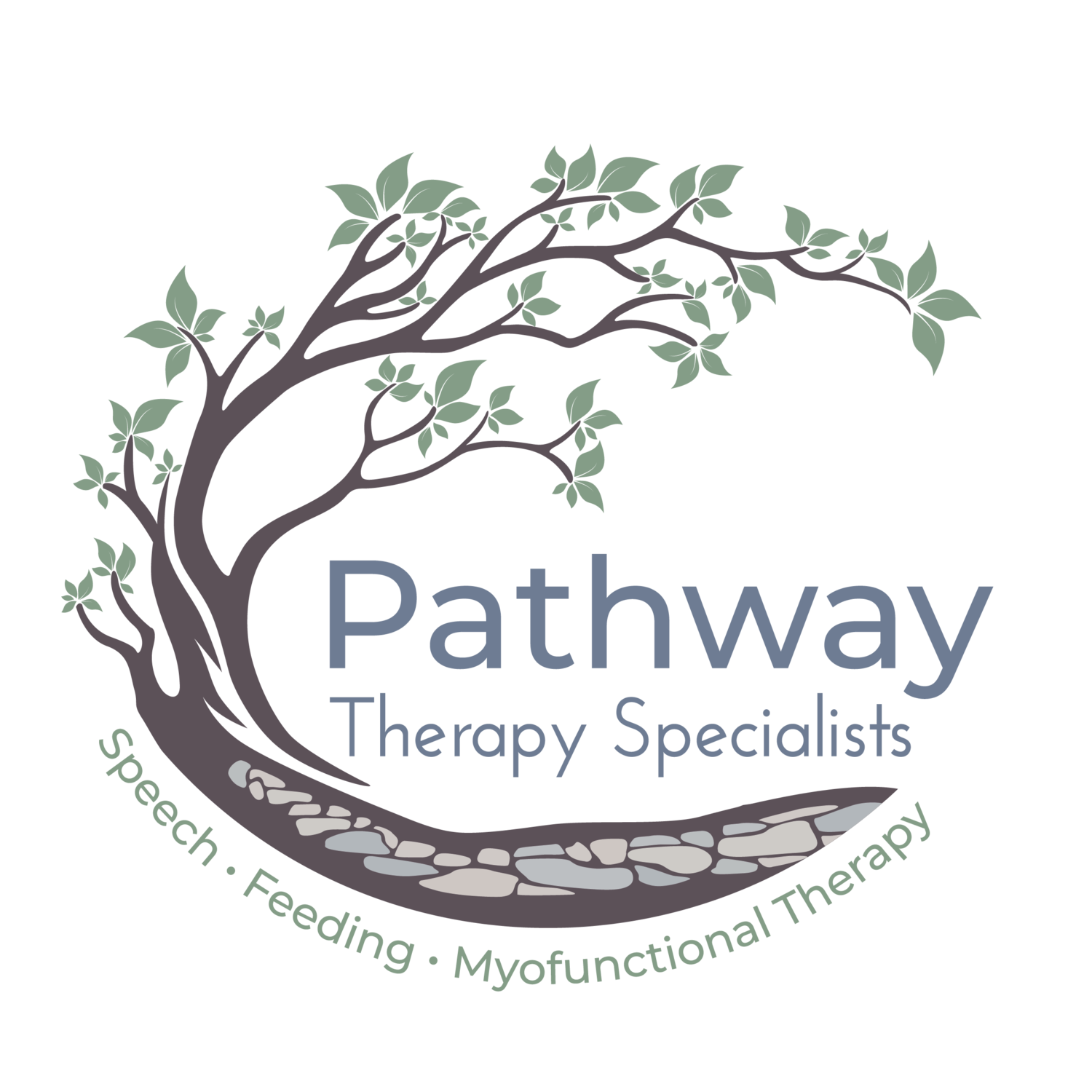Are my child's speech and language skills ready for the school year?
We may be in the middle of the “dog days of summer,” but now that we’re nearing the end of July, that first day of school will be here before we know it. Are you curious about whether your young child's speech and language abilities align with the expectations for their grade? Read on to find out!
Preschoolers (age 3-4)
Preschool-aged children are experiencing remarkable growth in their speech and language abilities! Here are some of the skills expected for preschoolers:
3 year olds are expected to:
Speak clearly enough to be understood by most people (around 75% of the time).
They may still have sound errors, but 3 year olds are generally expected to produce these letters correctly: p, b, m, d, n, t, h, k, g, w, ng, f, y.
Understand opposite words, like go-stop, big-little, up-down.
Follow 2-part directions.
Talk about things that are not in the room.
Put 3 words together to talk about things.
Ask why questions.
Use prepositions like in, on, under.
Request permission for items or activities.
Begin to use language for fantasies, jokes, and teasing.
Make conversational repairs when listener does not understand.
4 year olds are expected to:
Speak clearly enough to be understood by most people (about 100% of the time):
By around age 4, children are also expected to produce these letters correctly: l, j, sh, ch, s, z, v.
Answer simple who, what, and where questions.
Ask when and how questions.
Put 4+ words together in sentences, although they may still make some mistakes, like saying “I goed to school.”
Talk about what happened during the day.
Practice conversation skills by talking to self.
Begin dramatic play, acting out whole scenes.
Show frustration if not understood.
Express ideas and feelings.
Kindergarteners (age 5)
At this stage, your child’s speech and language skills are still developing, but they should demonstrate certain fundamental abilities. By the time they enter kindergarten, most children are generally expected to:
Speak clearly and be understood by familiar adults and peers— Although they may still make errors on certain sounds, like “th” or “r.”
Use complete sentences that follow basic grammar rules, like plurals and verb tenses.
Understand words for time, like yesterday, today, and tomorrow.
Follow simple two-step directions.
Understand basic concepts like colors, shapes, letters, and numbers.
Understand story sequences.
Recognize letters and letter-sound matches, and try to spell words when writing.
Participate in short conversations with adults and peers, showing turn-taking and listening skills.
First Graders (age 6)
In first grade, children build upon the speech and language foundation laid in kindergarten. By the time they enter first grade, most children are generally expected to:
Make themselves understood by all communication partners, although they may still be perfecting some sounds, like “th” or “r.”
Use more complex and detailed sentences to express themselves.
Correctly use grammatical structures including pronouns, plurals, possessives, past tense verbs, and present progressive verbs (adding ‘ing’ to verbs).
Correctly ask and answer questions that begin with who, what, where, when, and why.
Understand “left” versus “right.”
Identify some sight words.
Engage in cooperative play with others using skills like making group decisions and playing games fairly.
Second Graders (age 7)
By the start of second grade, children are expected to have developed various skills that build on what they learned in first grade. Most children are expected to:
Be understood by all communication partners, and produce all speech sounds correctly.
Identify letters, words, and sentences.
Understand what they read.
Correctly use different verb tenses (past, present, future).
Follow 2-3 step directions without cues/repetitions.
Be able to use language for multiple goals, such as to gain information, for entertainment, or to persuade others.
My child isn’t quite demonstrating some of these skills yet… What should I do?
As your child starts their new school year, it's good to be aware of the speech and language expectations for their age/ grade level. Remember, though, that each child is unique and will progress at his or her own pace! Your child may have challenges in some areas, and strengths in others.
The range of normal development is quite broad, and if your child is not meeting all of these milestones, it doesn't necessarily mean there’s a speech delay or communication disorder. Milestones serve as general guidelines and should not be used to diagnose any specific issue or disorder.
If you have concerns about your child's speech and language development, seek guidance from a speech-language pathologist. We are here to help! By nurturing your child’s speech and language abilities, you'll set the stage for their continued success and growth in school and beyond.
Sources
American Speech-Language-Hearing Association. (n.d.). How Does Your Child Hear and Talk? Speech, Language, and Hearing Developmental Milestones From Birth to 5 Years. https://www.asha.org/public/speech/development/chart/
Lanza, J. & Flahive, L. (2012). Communication Milestones, 2012 Edition. Linguisystems, Inc.
McLeod, S. & Crowe, K. (2018). Children’s consonant acquisition in 27 languages: A cross-linguistic review. American Journal of Speech-Language Pathology. doi:10.1044/2018_AJSLP-17-0100. Available from: https://ajslp.pubs.asha.org/article.aspx?articleid=2701897






